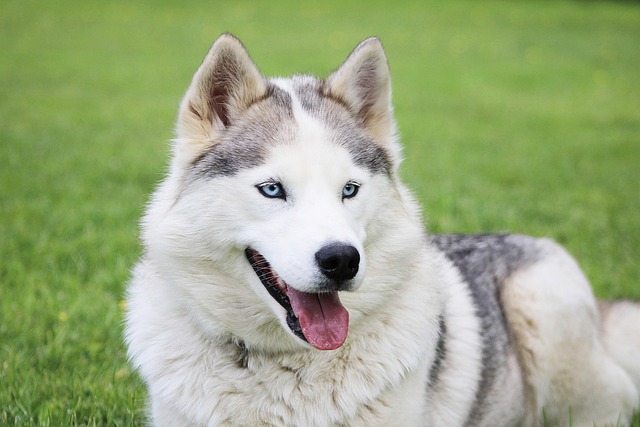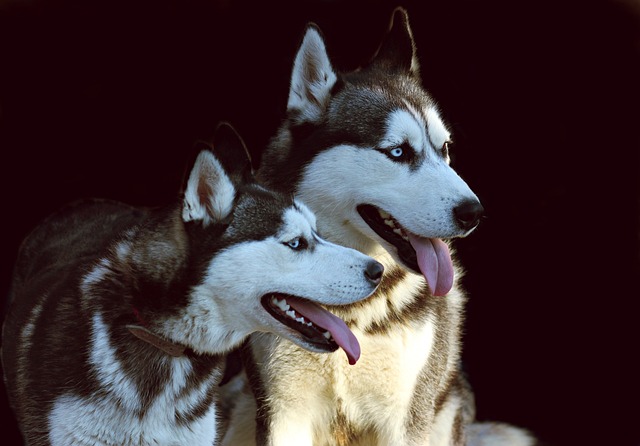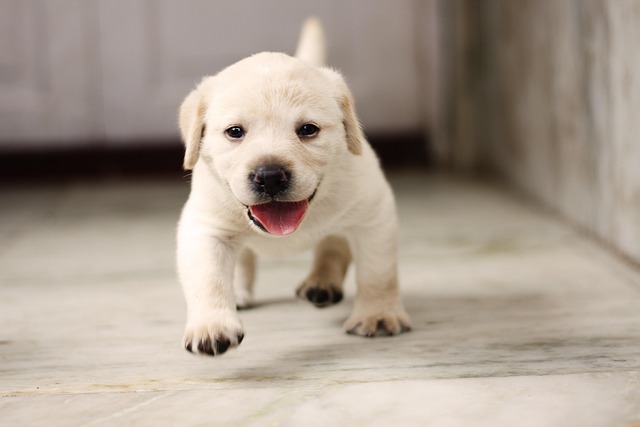
How to dog obedience training?
Dog obedience training isn’t just about teaching tricks—it’s how you build trust and keep your pup safe in busy neighborhoods, like when kids run by the park or a delivery truck rumbles down the street.
You’ve followed all the advice—bought the perfectly sized crate, stocked up on fancy treats, and even got that cozy orthopedic bed—but your rescue pup still acts like you’re leading him to a torture chamber every time you point toward his crate. What gives? Many well-intentioned owners make subtle but critical mistakes that undermine their crate training efforts, often stemming from misunderstandings of canine psychology and modern animal welfare standards.
The most fundamental error lies in progressing too quickly through training stages. Canine learning specialists emphasize that anxiety during crate training creates cortisol spikes that form negative neural pathways—essentially teaching your dog to associate the crate with distress. This often happens when owners move from feeding meals in an open crate to closing the door for extended periods within just a day or two. Another common mistake is using the wrong crate size: too large eliminates the den-like security feeling, while too small prevents natural stretching and repositioning. Perhaps the most damaging error is using the crate as punishment—even sending your dog to the crate after chewing your shoes teaches them that confinement follows misbehavior, creating negative associations.
Start by ditching the timeline mentality—some dogs need weeks, not days, to feel comfortable. Keep a training journal noting your dog’s body language: relaxed muscles and soft eyes mean you can progress, while whale eye or tense posture means you should backtrack. Never force a frightened dog into the crate—instead, use high-value rewards like frozen Kongs stuffed with cottage cheese that they can only enjoy inside. For noise-sensitive apartment dogs, place the crate away from high-traffic areas but within sightline of family activities to prevent isolation distress. Covering the crate with a breathable towel can help muffle startling sounds from hallways or elevators while maintaining ventilation.

These methodological considerations intersect with legal and ethical responsibilities. While crating can prevent destructive behaviors, it doesn’t replace your obligation to provide adequate exercise—a tired dog is always easier to train. Remember that even during training periods, your dog’s rabies vaccination must be current (required by law in all U.S. states), and you’re still responsible for immediate waste cleanup during potty breaks—always carry biodegradable bags. If your dog vocalizes distress, never yell or shake the crate—this violates animal welfare principles and may violate noise ordinances in communities like Seattle where excessive barking can result in fines. Instead, practice positive interruption techniques using distraction rather than punishment.
Ultimately, successful crate training isn’t about the crate itself—it’s about building your dog’s confidence and trust. When you avoid these common mistakes, you’re not just creating a well-trained dog; you’re fulfilling your role as a compassionate caregiver who respects both your dog’s emotional needs and your community’s standards.

Dog obedience training isn’t just about teaching tricks—it’s how you build trust and keep your pup safe in busy neighborhoods, like when kids run by the park or a delivery truck rumbles down the street.

You're standing in the pet store aisle holding a collapsible metal crate, wondering if this purchase will be your new puppy's safe haven or an emotional prison.

You've set up the perfect crate with a cozy bed and treats, but after three days your new rescue still whines when you close the door.

You’ve followed all the advice—bought the perfectly sized crate, stocked up on fancy treats, and even got that cozy orthopedic bed

That hesitant look your rescue shepherd gives the crate—standing frozen three feet away, tail tucked—tells you everything about how he feels about enclosed spaces.

Yorkies are tiny, energetic pups, but their small size can make house training tricky—especially when they start leaving little messes around the house.